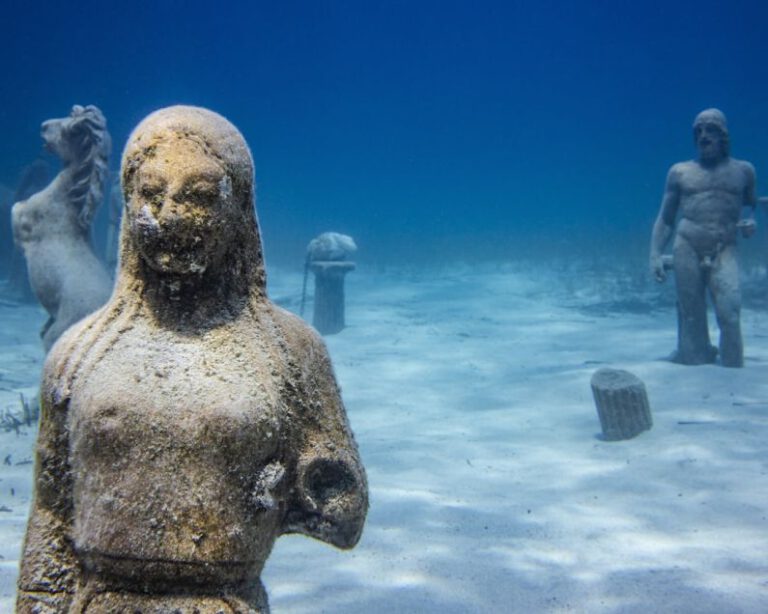The Silent Guardians: Underwater Museums Preserving Oceanic Heritage
Submerged beneath the vast expanse of ocean waters lie hidden treasures of the past, silent witnesses to the rich tapestry of human history. These underwater museums, often overlooked and underappreciated, serve as guardians of our oceanic heritage, preserving remnants of ancient civilizations and maritime history. In recent years, the concept of underwater museums has gained traction as a unique way to protect and showcase cultural and historical artifacts while simultaneously promoting marine conservation efforts.
Unveiling the Depths: The Concept of Underwater Museums
The idea of underwater museums involves the intentional submersion of sculptures, monuments, and artifacts in marine environments, creating immersive experiences for divers and snorkelers while also serving as artificial reefs to foster marine life. These submerged installations provide a window into the past, offering a glimpse of bygone eras and cultural traditions that have been lost to time. By blending art, history, and conservation, underwater museums offer a novel approach to heritage preservation that transcends traditional museum settings.
Exploring Sunken Realms: The Beauty of Underwater Museums
One of the most captivating aspects of underwater museums is the juxtaposition of human-made structures against the backdrop of the ocean’s natural beauty. From the crystal-clear waters of the Caribbean to the mysterious depths of the Mediterranean, these submerged galleries offer a unique perspective on art and history. Visitors can swim among sculptures depicting ancient gods, explore shipwrecks frozen in time, and witness the fusion of art and nature in a way that is both awe-inspiring and humbling.
Diving into History: The Significance of Underwater Museums
Beyond their aesthetic appeal, underwater museums play a crucial role in preserving cultural heritage and raising awareness about the importance of marine conservation. By creating artificial reefs that support marine ecosystems, these submerged installations help to mitigate the impact of factors such as climate change, overfishing, and pollution. Additionally, by showcasing the interconnectedness of human history and the ocean environment, underwater museums foster a sense of stewardship and responsibility towards our planet’s natural resources.
Guardians of the Deep: The Future of Underwater Museums
As the threats facing our oceans continue to mount, the role of underwater museums in promoting marine conservation and heritage preservation has never been more critical. By expanding the reach of these submerged galleries and incorporating innovative technologies such as virtual reality and underwater drones, we can make these hidden treasures more accessible to a global audience. Through education, outreach, and collaboration with local communities and conservation organizations, underwater museums can serve as beacons of hope in the fight to protect our oceanic heritage for future generations.
Navigating the Depths: A Call to Action
In conclusion, underwater museums stand as silent guardians of our oceanic heritage, preserving the stories of the past and advocating for the protection of our marine environments. By embracing the beauty and significance of these submerged galleries, we can unlock a deeper understanding of our shared history and the interconnectedness of all life on Earth. As we navigate the challenges of the 21st century, let us heed the call to action and support the continued growth and development of underwater museums as invaluable tools for conservation, education, and cultural enrichment. Together, we can ensure that the silent guardians of the deep continue to inspire and protect for generations to come.






